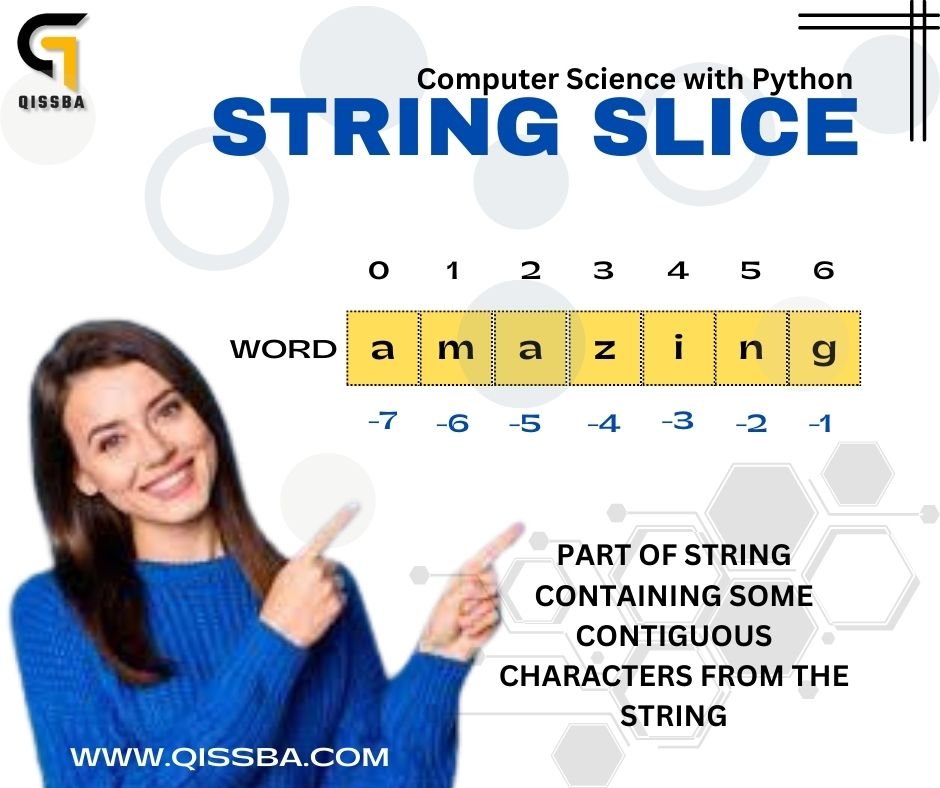
Join Strings in Python | CBSE – Class 12
String Join Method() in Python
In this section, we will provide a comprehensive introduction to joining strings in python, including
- Using the join() method
- Joining with a Custom Delimite
- Joining with a Condition
- Best Practices for String Joining
Also, We will cover a wide range of important Questions / Answers related to Joining Python strings,
By the end of this tutorial, readers will have a solid understanding of joining strings in Python and will be able to use this knowledge in their own programming projects.
You may also check our other study material for Computer science with python programming.
Important links are given below.
All study material is freely available for students.
Introduction: Strings
Joining strings is an essential operation when working with text data in Python. It allows you to combine multiple strings into a single string, making it easier to process and manipulate the data.
In this article, we’ll explore how to join strings in Python, the different methods available, and best practices to ensure optimized performance.
Using the join() method
The most common way to join strings in Python is by using the join() method. The join() method is a string method that takes an iterable as an argument and returns a concatenated string. For example:
string_list = [“Hello”, “World”]
result = ” “.join(string_list)
print(result)
Output: ‘Hello World’
In this example, we’ve used the join() method to join the strings “Hello” and “World” together with a whitespace character as the delimiter.
Joining with a Custom Delimiter
The join() method allows you to specify a custom delimiter to join the strings with. For example:
string_list = [“apple”, “banana”, “orange”]
result = “,”.join(string_list)
print(result)
Output: ‘apple,banana,orange’
In this example, we’ve used a comma as the delimiter to join the strings “apple,” “banana,” and “orange” together.
Joining with a Conditional
You can also use the join() method with a conditional statement to join only specific strings. For example:
string_list = [“apple”, “banana”, “orange”, “grapefruit”]
result = “,”.join(string for string in string_list if “a” in string)
print(result)
Output: ‘apple,banana,orange’
In this example, we’ve used a conditional statement to join only the strings that contain the letter “a.”
Best Practices for String Joining
When working with string joining in Python, it’s essential to follow some best practices to ensure optimized performance. Here are some tips to keep in mind:
- Use the join() method instead of manually concatenating strings. The join() method is more efficient and provides more flexibility.
- Use a custom delimiter when necessary. This will allow you to join strings with specific characters or patterns.
- Avoid joining large amounts of strings in a loop. This can be computationally expensive and slow down your code.
Conclusion:
In this article, we’ve explored the different ways to join strings in Python, including the join() method, joining with a custom delimiter, and joining with a conditional statement. We’ve also provided some best practices to follow to ensure optimized performance. By understanding the basics of string joining, you’ll be able to work with text data more efficiently and write better Python code.
Also Read
- Operator Precedence & Associativity in Python | CBSE Class 11| Computer Science
- Basics of Python Programming Language | CBSE Class 11| Computer Science
- Encoding Schemes | ASCII | ISCII | Unicode | CBSE Class 11| Computer Science
- Number System in Data Representation| CBSE Class 11| Computer Science
- Boolean Logic | CBSE Class 11 | Computer Science
Our Free Courses
Latest Free Course for CBSE Classes 11th and 12th


